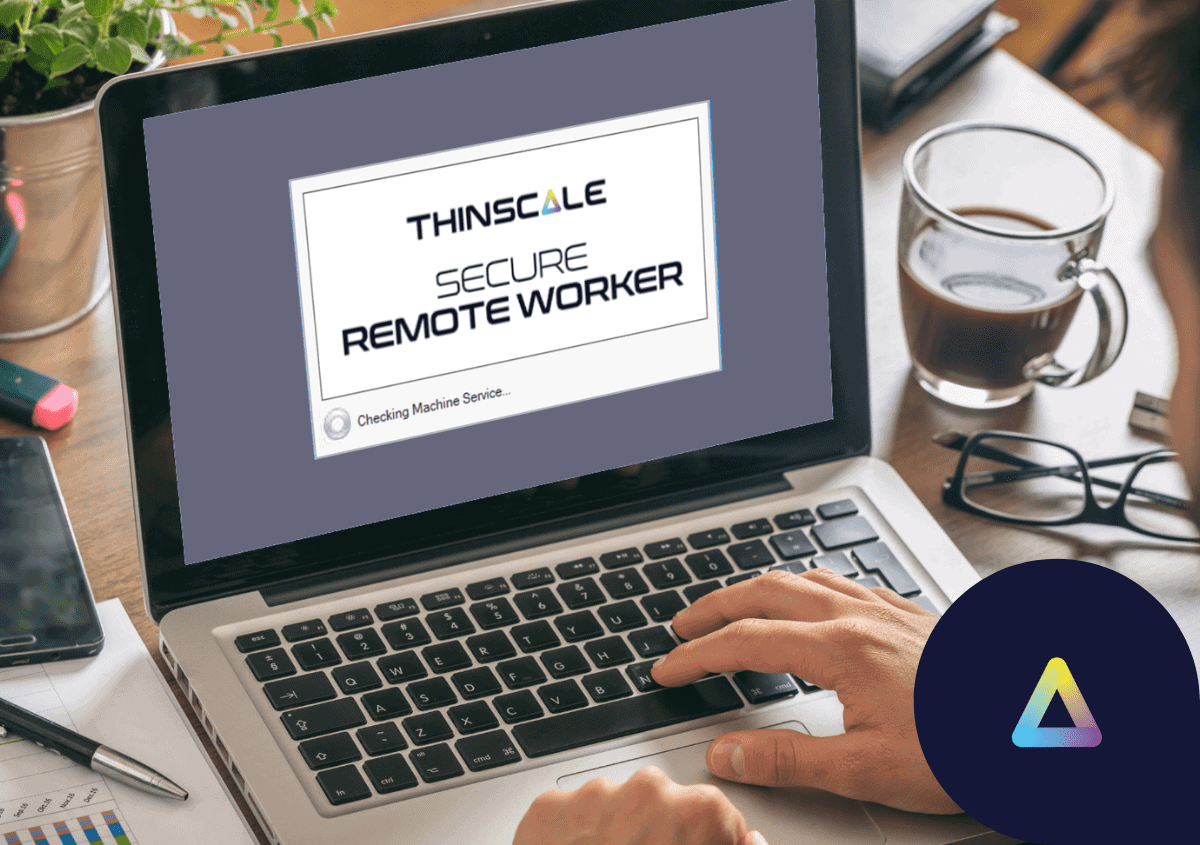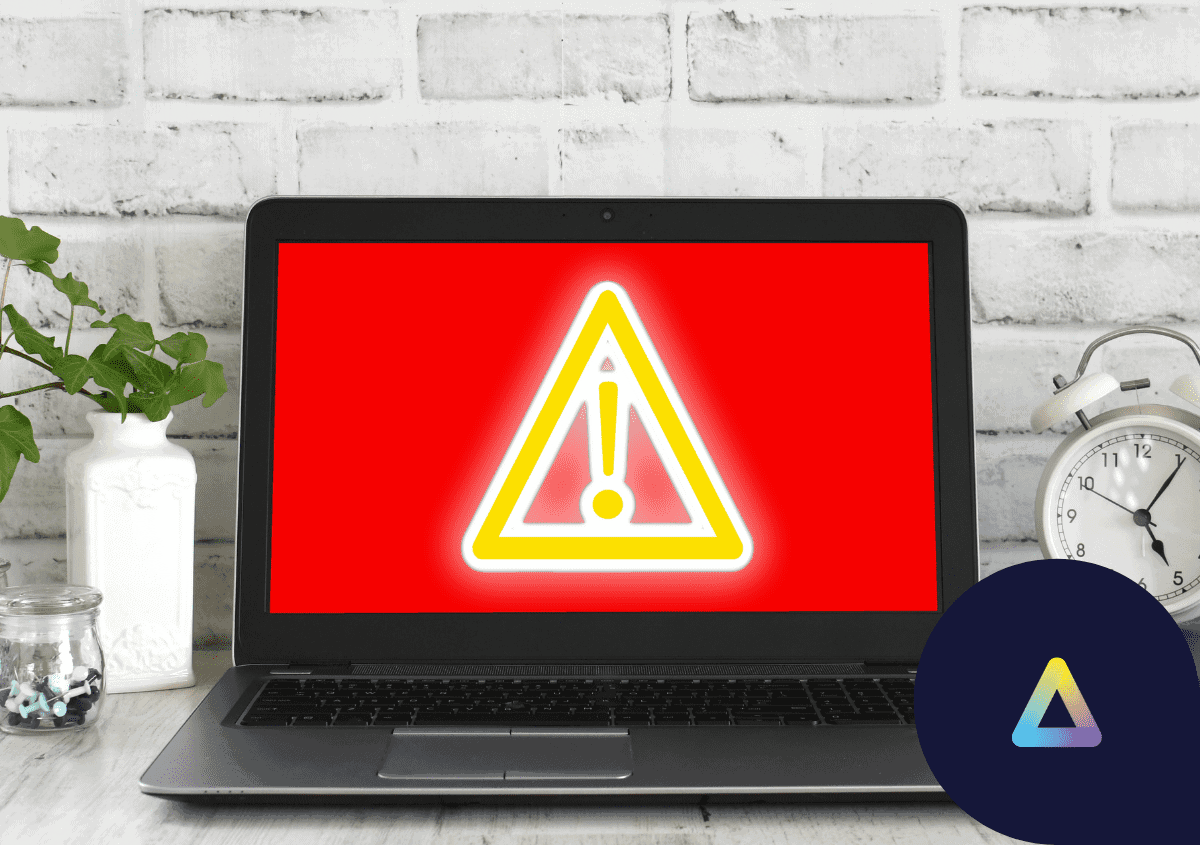30% of the global workforce are working from home in 2022 – However, there has also been a 300% increase in cybercrime since 2020. As the result, auditing a secure working environment has changed for the better, being more reflective of the needs of a modern workplace environment. It is important to audit your own environment to ensure you can meet the standards for a modern cybersecurity framework, as companies are losing millions of dollars due to security breaches alone in 2022. According to Thales, 45% of organizations have experienced either a security breach or failed security audit.
 Gerard Adlum
Gerard Adlum
5 reasons companies are abandoning USBs for WFH
USBs (as well as most hardware) by their nature always have a possibility for failure, or damage and are dependent on logistics that we have seen are easily disrupted organizations are modernizing their infrastructure because the workforce is no longer within 10 Kilometres of the main office, where employees can span past international borders. We would go as far as to say mounting an OS on a USB and sending it to your remote employees is akin to stubbornly only using CDs when music streaming platforms are more convenient and efficient. So why are companies abandoning USB-mounted operating systems?
Go Green: Recycle, Repurpose and Reuse Hardware with ThinKiosk
How repurposing existing IT hardware not only increases your ROI but decreases your
Zero Trust: modernize your endpoint security
Modern IT infrastructure is exposed to a large amount of risk, with the frequency of cyber-attack rising year on year. Hybrid working, which is becoming a mainstay for most organizations, increases the attack surface for organizations due to corporate accessing endpoints (e.g. laptops) moving outside of the organization’s direct control.
How to Effectively Manage a Remote or Hybrid Contact Center Workforce
During the pandemic, the BPO industry confronted a serious dilemma — maintaining business continuity in the face of a global pandemic that required closing physical contact centers. The solution came in the form of a virtual remote workforce with agents working from home, often using their own devices.
How Much is Agent Attrition Really Costing you?
The Great Resignation. You often hear that term used to explain the high
Optimising WaH/Hybrid with Secure BYOD
A full-time return to office-based work looks highly unlikely, at least for the foreseeable future.
Hybrid Work: Simple, Secure and Cost-Effective
Hybrid environments have been correctly identified as the way forward for the majority
How Secure Are Your Outsourcers? Ensuring End to End Compliance
Outsourced customer experience (CX), business process outsourcing (BPO), and contact centre providers have
Got employees WFH? These are the risks to protect them and you from.
The fear of a security breach occurring on their watch is sure to









